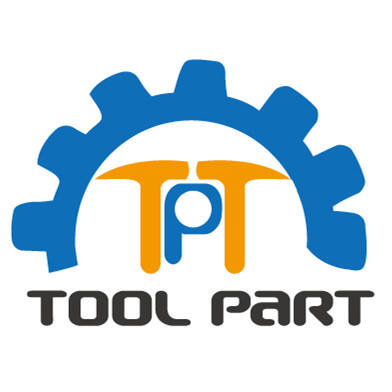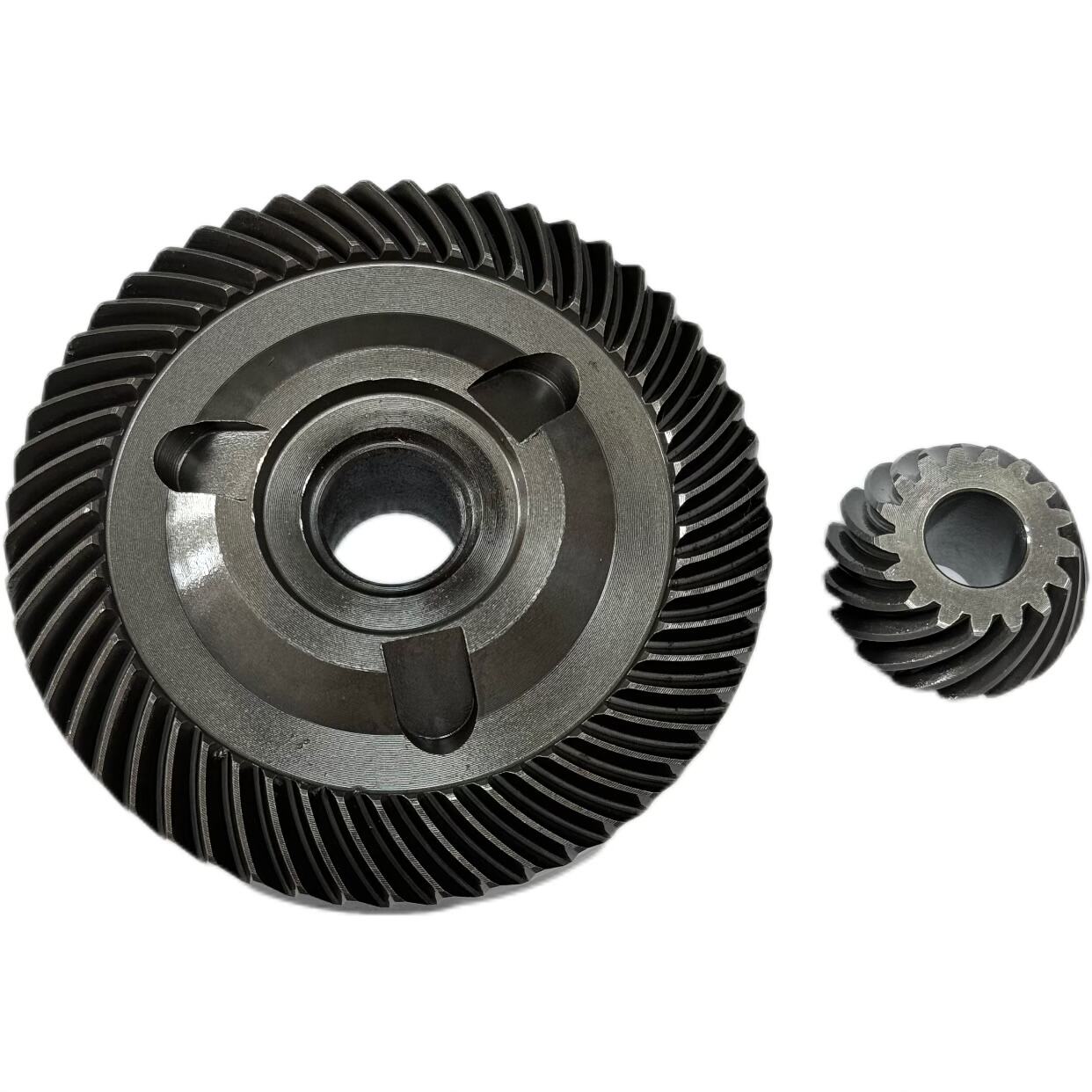Understanding Modern Gear Manufacturing Materials
The manufacturing of wheel gears represents a critical component in mechanical engineering, where material selection plays a pivotal role in determining performance, durability, and cost-effectiveness. From automotive transmissions to industrial machinery, wheel gears serve as the backbone of mechanical power transmission systems. The choice of materials used in their production directly influences gear longevity, load-bearing capacity, and overall system efficiency.
Modern gear manufacturing has evolved significantly, incorporating advanced materials and production techniques that enhance gear performance while meeting increasingly demanding industrial standards. Engineers and manufacturers must carefully consider factors such as wear resistance, strength-to-weight ratio, and thermal properties when selecting materials for wheel gears.
Metal Alloys in Gear Production
Carbon and Alloy Steels
Carbon steel remains one of the most widely used materials for wheel gears, offering an optimal balance of strength, durability, and cost-effectiveness. Low-carbon steels are typically employed for less demanding applications, while medium and high-carbon variants provide enhanced strength and wear resistance necessary for heavy-duty wheel gears.
Alloy steels, particularly those containing chromium, nickel, and molybdenum, offer superior performance characteristics. These materials exhibit excellent hardenability and wear resistance, making them ideal for high-stress applications. For instance, AISI 4140 and 4340 alloy steels are frequently specified for premium wheel gears in automotive and aerospace applications.
Stainless Steel Varieties
Stainless steel wheel gears excel in corrosive environments where standard steel variants might fail. Martensitic stainless steels, such as 440C and 17-4 PH, combine excellent corrosion resistance with high strength and hardness. These properties make them particularly suitable for marine applications and food processing equipment.
Austenitic stainless steels offer exceptional corrosion resistance but generally require surface hardening treatments to achieve adequate wear resistance for gear applications. Their non-magnetic properties can be advantageous in specific specialized applications.
Advanced Non-Ferrous Materials
Bronze and Brass Components
Bronze alloys, particularly phosphor bronze and aluminum bronze, are extensively used in wheel gears where corrosion resistance and low friction are paramount. These materials offer excellent bearing properties and can operate effectively with minimal lubrication. Their self-lubricating characteristics make them ideal for applications where maintenance access is limited.
Brass wheel gears find applications in lighter-duty scenarios, offering good machinability and corrosion resistance at a lower cost than bronze. However, their lower strength compared to steel limits their use in high-load applications.
Aluminum and Titanium Innovations
Aluminum alloys are increasingly popular in lightweight gear applications, particularly in aerospace and high-speed machinery. Modern aluminum wheel gears, when properly designed and treated, can offer significant weight savings while maintaining acceptable strength and wear characteristics.
Titanium alloys represent the premium end of gear materials, offering an exceptional strength-to-weight ratio and corrosion resistance. While their high cost limits widespread adoption, titanium wheel gears are invaluable in aerospace and high-performance applications where weight reduction is critical.
Engineered Plastics and Composites
High-Performance Polymers
Advanced engineering plastics such as nylon, acetal, and PEEK (Polyether Ether Ketone) are revolutionizing wheel gear manufacturing. These materials offer unique advantages including noise reduction, chemical resistance, and operation without lubrication. Their lower weight and production costs make them attractive for many commercial applications.
Reinforced polymers, incorporating glass or carbon fibers, provide enhanced strength and dimensional stability. These composite materials can approach the performance of metal gears in certain applications while maintaining the benefits of plastic construction.
Composite Material Developments
Carbon fiber composites and hybrid materials represent the cutting edge of wheel gear technology. These materials combine exceptional strength with ultra-light weight, though their application is currently limited by high production costs and complex manufacturing processes.
Recent developments in nano-composites and metal-matrix composites show promise for future gear applications, potentially offering unprecedented combinations of strength, weight, and wear resistance.
Surface Treatments and Coatings
Heat Treatment Processes
Surface hardening treatments like carburizing, nitriding, and induction hardening play crucial roles in enhancing the performance of wheel gears. These processes create harder, more wear-resistant surfaces while maintaining tougher core materials, optimizing gear performance under heavy loads.
Modern heat treatment techniques allow for precise control of case depth and hardness profiles, enabling manufacturers to tailor gear properties to specific application requirements.
Advanced Coating Technologies
Physical Vapor Deposition (PVD) and Chemical Vapor Deposition (CVD) coatings represent state-of-the-art surface enhancement technologies for wheel gears. These ultra-thin coatings can dramatically improve wear resistance and reduce friction, extending gear life in demanding applications.
Diamond-like carbon (DLC) coatings and other advanced surface treatments continue to evolve, offering new possibilities for improving gear performance and durability.
Frequently Asked Questions
What is the most durable material for wheel gears?
Case-hardened alloy steels typically offer the highest durability for wheel gears in heavy-duty applications. Materials like AISI 4340 or 8620, when properly heat-treated, provide an optimal combination of surface hardness and core toughness.
Can plastic wheel gears replace metal ones?
While engineered plastics can replace metal wheel gears in certain applications, particularly where noise reduction and chemical resistance are priorities, they generally cannot match the load-bearing capacity and durability of metal gears in high-stress environments.
How do environmental conditions affect gear material selection?
Environmental factors such as temperature, humidity, and exposure to chemicals significantly influence material selection. For instance, stainless steels or specialized polymers might be necessary for corrosive environments, while high-temperature applications might require special alloy steels or advanced ceramics.

